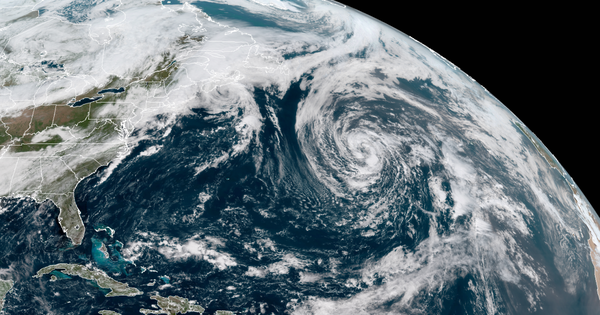Rapid Deoxygenation in This Stretch of Water

Global observations show that the ocean lost approximately 2% of its oxygen inventory over the past five decades linking it to the Gulf Stream and the Labrador Current.
Studies show how climate change is causing the deoxygenation of the Gulf of St. Lawrence. An ocean is known for the fauna and the touristic attention and contribution but it is most popular for the loss of oxygen which is happening at a higher rate than anywhere in the world.
The oxygen in the St. Lawrence region is been tracked down since 1980 by Canada’s fisheries agency, also keeping a track of the rising salinity and temperature and it is concerning. Mariona Claret, a research associate at the University of Washington’s Joint Institute for the Study of the Atmosphere and Ocean mentions that the significant and alarming oxygen drop out is reaching hypoxic condition, meaning that the marine life in the depths will be affected in a fatal way.
Exploring the oxygen decline in the region, the carbon dioxide levels rose due to human pollution and emission, the Gulf Stream has shifted northward and the Labrador Current has weakened. The ocean`s currents are changing.
With the help of technology, researchers used the output from the National Oceanic and Atmospheric Administration’s Geophysical Fluid Dynamics Laboratory model, a high-resolution computer model that simulates the world’s oceans with a data point every 5 miles. The research took nine to run using 10,000 computational nodes that gave precision and details of the coastline. The stimulation proved that there is an exchange between the Gulf Stream’s warm, salty, and oxygen-poor water and St. Lawrence Seaway as the carbon dioxide levels go up.
The top layer of the Gulf Stream contains oxygen from the air above and the lower layer of oxygen but marine life is consuming it. The massive change of the ocean circulation is also linked to the Atlantic Meridional Overturning Circulation decline and to the Northern Hemisphere climate changes.
In the end, the future of the lives in the St. Lawrence depends on how much carbon dioxide human will still emit into the air in the upcoming decades and how ocean currents will react.
0 comments